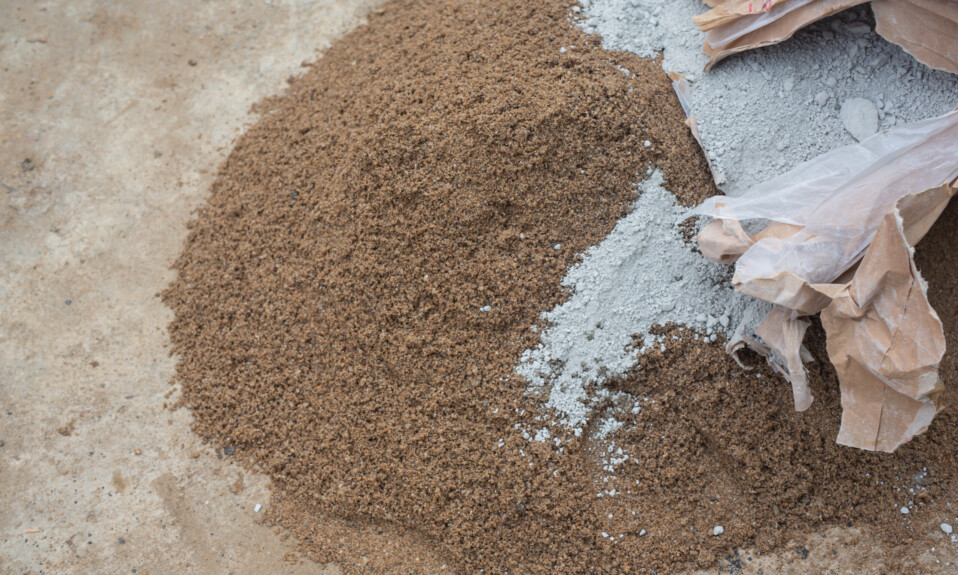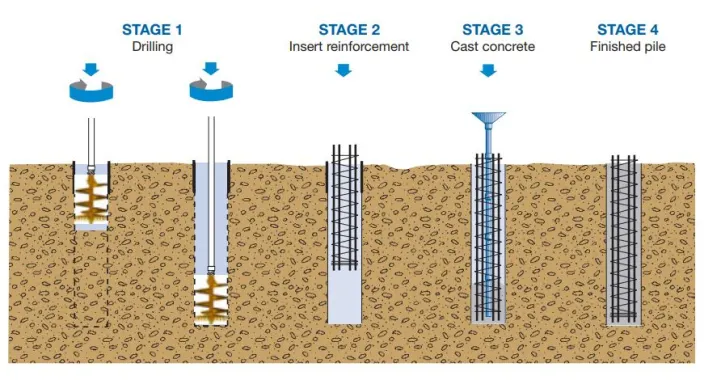Concrete is a widely used construction material that has been used for centuries. It is a mixture of basic materials such as cement, sand, aggregates, and water. Concrete has unique properties, such as strength, durability, and versatility, which make it an ideal choice for various construction projects. The mix ratio of concrete plays a critical role in determining the quality and properties of concrete.
The correct mix ratio ensures the concrete’s desired strength, workability, and durability. This article will discuss the different types of concrete mix ratios, the steps involved in concrete construction, and the importance of proper mix ratios and construction steps in producing high-quality concrete.
Also read: Standard Room Sizes for Bedroom, Kitchen, Toilet and Hall
What is Concrete?
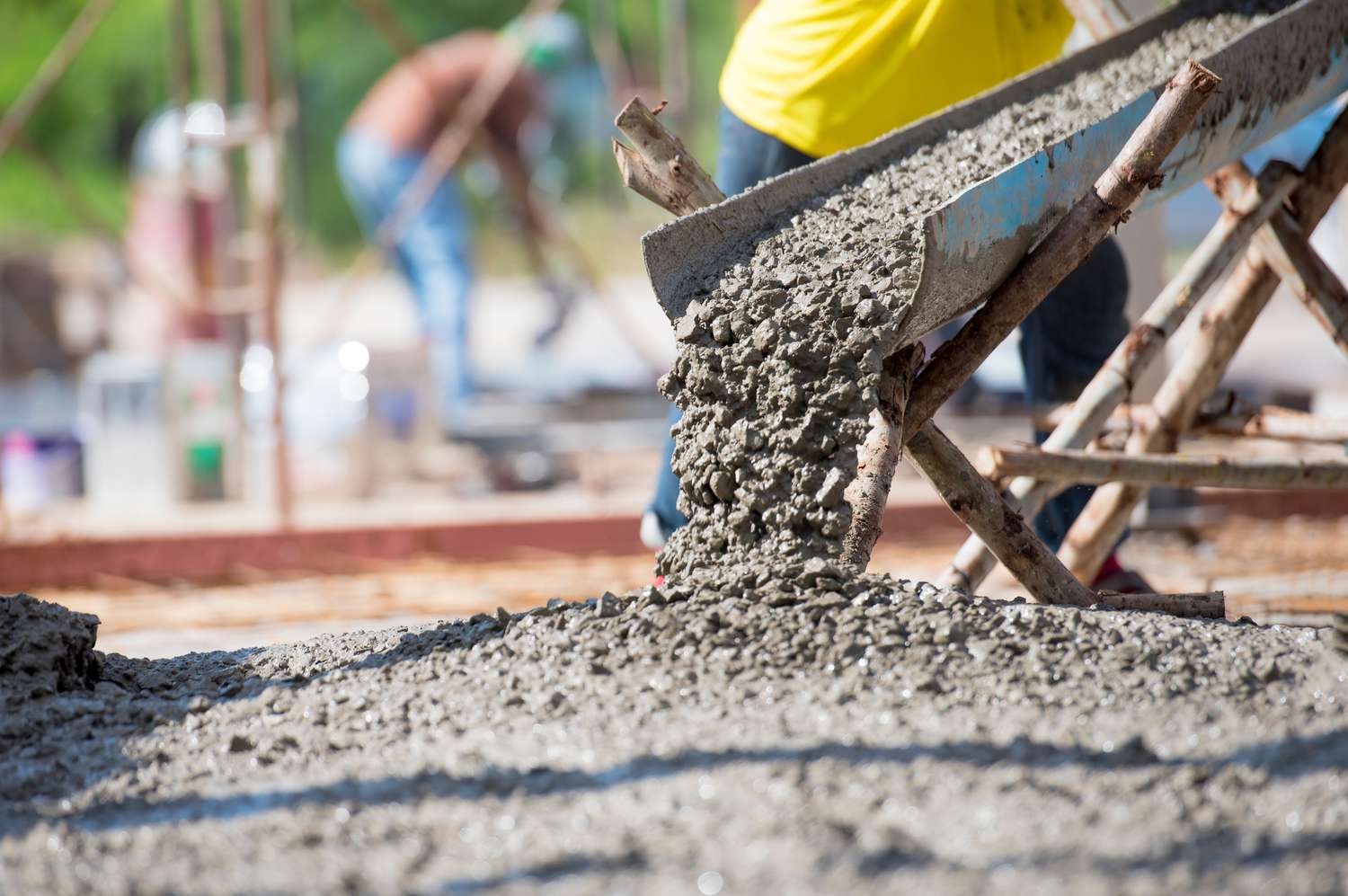
Hey there! So, have you ever wondered what those grey slabs of stone-like material that make up our streets, buildings, and bridges are made of? Well, let me introduce you to concrete!
Concrete is basically a mixture of four main ingredients – cement, sand, aggregates (like crushed stone or gravel), and water. When mixed together in specific proportions, these materials form a strong, durable, and versatile material that can be used for a wide variety of construction projects.
The beauty of concrete is that it can be cast into almost any shape or size, making it a popular choice for everything from humble sidewalks to towering skyscrapers. And with the addition of chemical admixtures, it can even be customized to have specific properties like increased strength, improved workability, or faster curing time.
So, the next time you’re out and about, take a closer look at the world around you – chances are, you’ll see concrete everywhere you go!
What is the Concrete Mix Ratio?
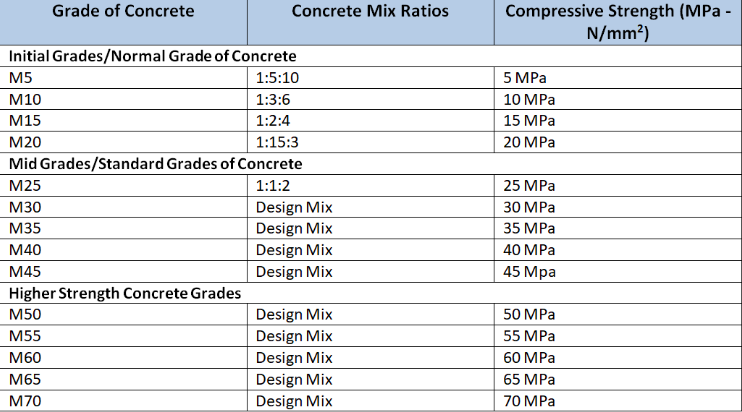
The percentage of each element in the concrete mixture known as the concrete mix ratio impacts the concrete’s strength, durability, and workability. To achieve the intended quality and qualities of the concrete, the optimum mix ratio is crucial.
Cement, sand, aggregates (such gravel or crushed stone), and water are the essential components of concrete. Depending on the type of concrete needed, a different ratio of these components will be used. For instance, the ratio of a concrete mix used for a decorative finish will differ from one used for a foundation.
Parts are commonly used to represent the mix ratio. A typical concrete mix ratio, for example, is 1:2:3, which equals one part cement to two parts sand to three parts aggregates. The water-to-other-ingredients ratio is also important, and it can range between 0.4 and 0.6 depending on the type of concrete and its intended use.
To improve the properties of the concrete, chemical admixtures can be added. Plasticizers, for example, can improve workability, whereas air-entraining agents can improve durability by reducing the amount of water that the concrete absorbs.
Essential Steps in Concrete Construction
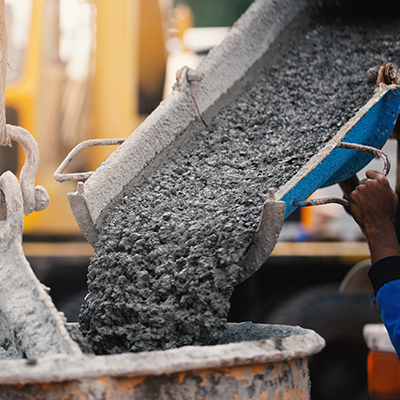
Concrete construction involves several steps, from selecting the right quantities of materials to the final curing of the finished product. The following are the essential steps involved in concrete construction:
1. Selecting quantities of materials for the selected mix proportion
The first step in concrete construction is to select the appropriate mix proportion for the type of concrete required. It involves determining the correct quantities of cement, sand, aggregates, and water needed to achieve the desired properties of the concrete.
2. Mixing
The materials are mixed in a concrete mixer or by hand to form a uniform and consistent mixture. Mixing is essential to ensure that all the materials are evenly distributed and that the concrete has the desired strength and workability.
3. Checking of workability
After mixing, the concrete’s workability is checked to ensure it is suitable for transportation, pouring, and compaction. The workability can be adjusted by adding more water or using plasticizers or other additives.
Also read: 20 Different Types of Buildings
4. Transportation
The mixed concrete is transported to the construction site in trucks or other vehicles. It is essential to ensure that the concrete is transported quickly to prevent it from setting before it is poured.
5. Pouring in formwork for casting
The concrete is then poured into the formwork, the mold or framework that determines the shape and size of the constructed concrete member. The concrete is leveled and smoothed using tools to ensure evenly distributed in the formwork.
6. Vibrating for proper compaction
After pouring, the concrete is vibrated using specialized equipment to ensure it is properly compacted and has no voids or air pockets. It helps to improve the concrete’s strength and durability.
7. Removal of formwork after a suitable time
After the concrete has been set and hardened sufficiently, the formwork is removed carefully to avoid damaging the concrete. The removal time can vary depending on the type of concrete and the weather conditions.
8. Curing members using the necessary techniques and amount of time
Finally, the concrete member is cured using suitable methods and for the required amount of time to ensure that it achieves its desired strength and durability. Curing can involve covering the concrete with wet burlap or plastic or applying a curing compound.
Related: Different Types of Walls
Types of Concrete Mix Ratio
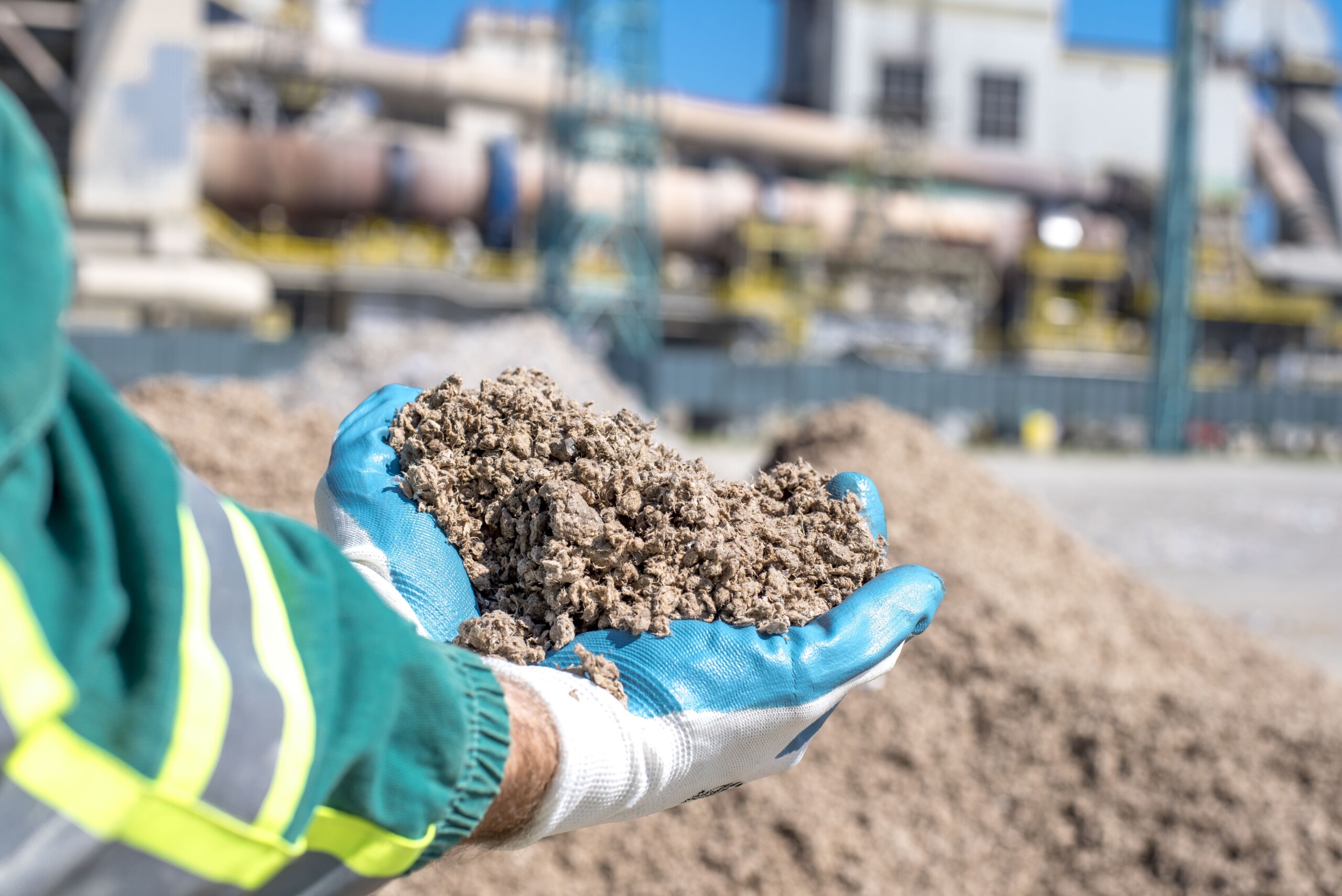
Let’s take a closer look at the three types of concrete mix ratios:
1. Nominal Concrete Mix Ratio
The nominal mix ratio is a pre-determined ingredient ratio commonly used for small-scale construction projects. This mix ratio is generally used for plain concrete and has a fixed proportion of cement, sand, and aggregate.
For example, a common nominal mix ratio is 1:2:4, which means one part of cement, two parts of sand, and four parts of aggregate are used.
2. Standard Concrete Mix Ratio
The standard mix ratio is a more precise and accurate method of mixing concrete based on the desired strength. This mix ratio is commonly used in large-scale construction projects and results in higher-quality concrete.
The standard mix ratio is typically specified in terms of cement, sand, and aggregate weight proportions. for example, is 1:1.5:3, which means one part cement, 1.5 parts sand, and three parts aggregate are used.
3. Design Mix Ratio
The design mix ratio is a customized mix ratio that is prepared based on the specific requirements of a construction project. The design mix ratio is formulated based on the strength, workability, and durability of the concrete required.
A trial mix determines this mix ratio, where different proportions of cement, sand, and aggregate are tested to determine the optimal mix ratio. The design mix ratio is usually specified in terms of the proportions of cement, sand, aggregate, weight, and any required admixtures.
FAQs
-
What is concrete made of?
Concrete is made of four main ingredients – cement, sand, aggregates (like crushed stone or gravel), and water.
-
How is concrete used in construction?
Concrete can be cast into almost any shape or size, making it a popular choice for everything from sidewalks to skyscrapers. It is used to construct structural members like beams, columns, slabs, footings, and lintels.
-
What is the process of creating concrete?
The process of creating concrete involves selecting the right proportion of each ingredient for the desired quality and property of the final product, mixing the ingredients together, checking the workability of the mixture, transporting it to the desired location, pouring it into the formwork for casting, vibrating it for proper compaction, removing the formwork after a suitable amount of time, and curing the member with suitable methods for the required amount of time.
-
What are the types of concrete mix ratios?
There are three types of concrete mix ratios – nominal concrete mix ratio, standard concrete mix ratio, and design mix ratio.
-
What is the difference between the types of concrete mix ratios?
The nominal concrete mix ratio is a general mix ratio used for small construction projects where the quality of concrete is not critical.
The standard concrete mix ratio is a specific mix ratio that has been tested and approved by industry standards to ensure the desired strength and durability of the concrete for larger construction projects. The design mix ratio is a customized mix ratio tailored to the specific needs of a construction project.
Conclusion
Concrete is a commonly used construction material that mixes cement, sand, aggregates, and water. The concrete mix ratio determines the concrete’s strength, workability, and durability. There are three types of concrete mix ratios: the nominal mix ratio, the standard mix ratio, and the design mix ratio.
The appropriate mix ratio should be selected based on the specific requirements of the construction project to ensure the desired quality and properties of the concrete. Proper construction steps such as mixing, checking workability, transportation, pouring, vibrating, removing formwork, and curing are also important for producing high-quality concrete.

